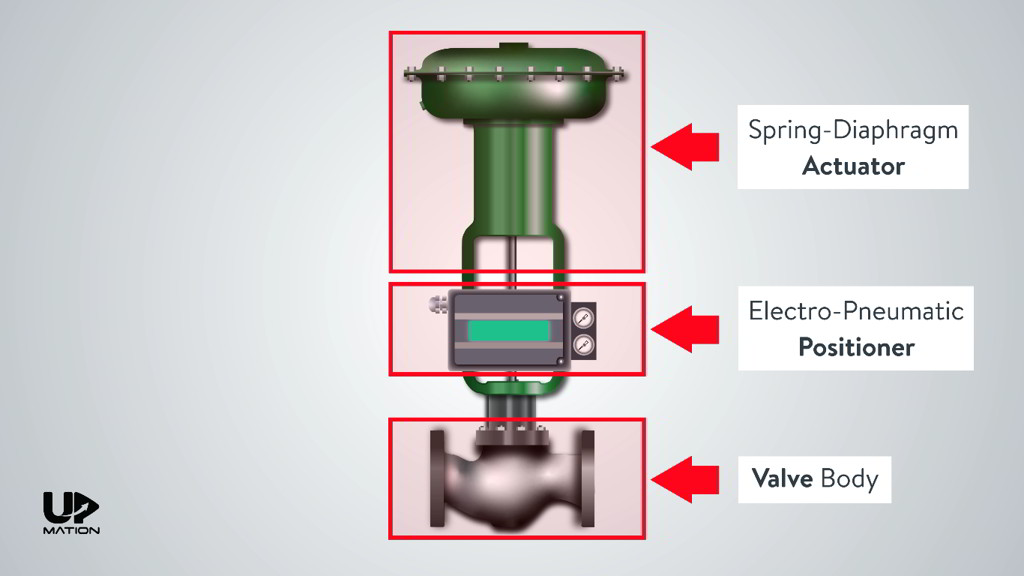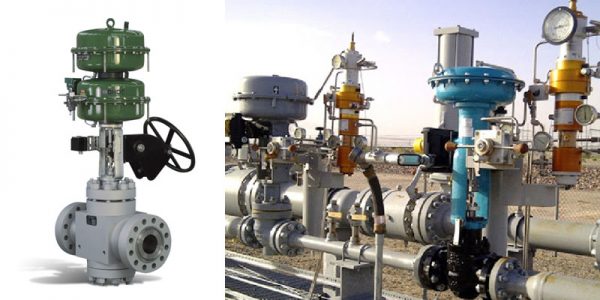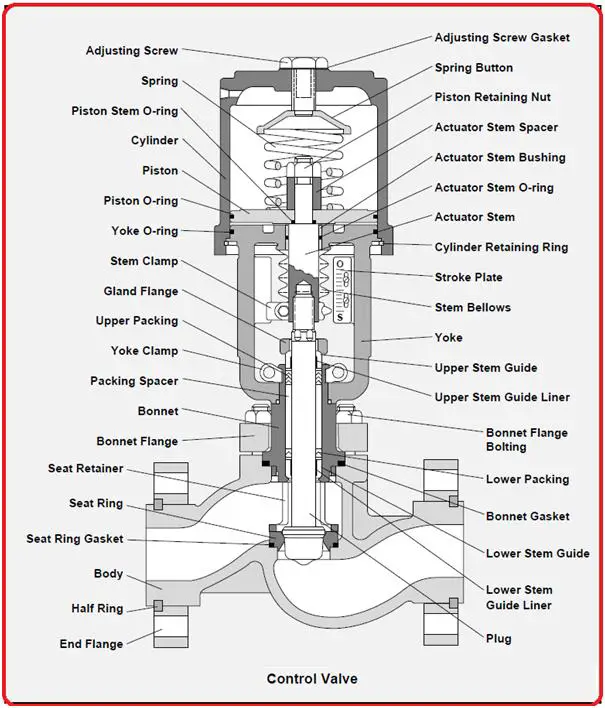Choosing the Right Control Valves: An Overview to Optimum System Performance
Wiki Article

Maximize Power Financial Savings and Comfort With Advanced Structure Automation Controls
In the realm of contemporary style and facility administration, the combination of sophisticated building automation regulates stands as a crucial advancement. The merging of modern technology and sustainability has birthed a new age where energy performance, convenience optimization, and operational streamlining are no more attainable facts however remote desires. By using the power of automation, structures can adapt, respond, and advance in manner ins which were as soon as unbelievable. The possibility for substantial energy cost savings and improved comfort is not just a promise however a possibility waiting to be met. This paradigm shift in structure administration holds the key to unlocking a globe where ecological conscientiousness and owner well-being sympathetically exist side-by-side within the wall surfaces of our frameworks.Power Performance Perks
Energy effectiveness advantages can considerably decrease power usage and operational expenses in buildings. Energy-efficient systems, such as advanced building automation controls, can optimize the usage of resources like cooling, lights, and home heating, leading to lower power costs over time.Moreover, boosted power performance can prolong the life-span of structure equipment and systems. By operating much more efficiently, heating and cooling systems, lighting fixture, and other structure components experience less deterioration, resulting in lowered maintenance and replacement prices. In addition, energy-efficient buildings usually regulate greater home worths and rental rates, giving lasting monetary benefits to owners.
In addition, energy performance can enhance owner convenience and efficiency. Effectively controlled indoor settings with optimum lighting and thermal problems develop an even more helpful and pleasurable work area, leading to enhanced employee complete satisfaction and performance. Overall, the energy performance advantages related to advanced structure automation controls are diverse, including price financial savings, ecological stewardship, and passenger well-being.
Improved Convenience Control
Enhancing convenience control in building environments needs an innovative combination of sophisticated automation systems for optimum passenger well-being. By using innovative structure automation controls, facilities can tailor the interior atmosphere to satisfy the details demands and choices of occupants. These systems allow accurate policy of temperature level, lights, and ventilation, creating a effective and comfortable atmosphere. Resident fulfillment and performance are closely connected to thermal convenience, making it necessary to have systems in position that can adapt to transforming problems in real-time.By including these sophisticated controls, structures can not just improve convenience but also enhance power performance by maximizing system operations based on actual occupancy and usage patterns. Inevitably, prioritizing resident convenience with advanced automation systems leads to an extra enjoyable and much healthier indoor setting.
Functional Performance Improvements

Moreover, the implementation of real-time surveillance and analytics devices allows structure drivers to recognize power inefficiencies and operational abnormalities quickly. By continually keeping an eye on power usage patterns and system efficiency metrics, modifications can be made in real-time to optimize energy usage and make certain peak operational efficiency. control valves. In addition, including need feedback techniques right into structure automation controls can better improve functional efficiency by dynamically adjusting power use based on grid conditions and pricing signals
Indoor Climate Optimization
Reliable interior climate optimization is a fundamental aspect of structure automation controls, making certain occupants' convenience and well-being while optimizing power savings. By using advanced sensing units and controls, constructing automation systems can continuously keep an eye on and readjust temperature, moisture from this source levels, air quality, and air flow to develop an optimal interior atmosphere. Keeping comfortable and regular problems not only enhances passenger fulfillment however likewise enhances productivity and general health.Indoor climate optimization additionally plays a crucial duty in power efficiency. By fine-tuning ventilation, heating, and air conditioning systems based on real-time data and occupancy patterns, constructing automation controls can substantially decrease power intake - control valves. For example, carrying out approaches such as demand-controlled ventilation and thermal zoning can help reduce power waste while making certain that each location of the structure receives the required conditioning.

Sustainable Environment Creation
Structure automation controls not only optimize indoor climate conditions for energy efficiency and resident comfort but likewise lay the foundation discover this for developing a sustainable atmosphere through calculated monitoring of systems and resources. By incorporating innovative building automation modern technologies, such as sensing units, actuators, and intelligent software program, centers can keep track of and readjust energy usage in real-time to minimize waste and decrease their carbon footprint. These systems allow predictive upkeep, recognizing possible concerns prior to they escalate and enhancing equipment performance to enhance long life and efficiency.Additionally, lasting environment development expands past power monitoring to encompass water preservation, waste reduction, and interior air quality improvement. Building automation controls can regulate water use, find leaks, and ensure proper waste disposal practices, contributing to general sustainability efforts. In addition, by regulating and checking air flow and filtering systems, these modern technologies boost resident wellness and productivity while lowering power intake related to HVAC procedures.
Conclusion
Finally, advanced building automation controls offer significant advantages in terms of energy cost savings, comfort control, operational efficiency, indoor climate optimization, and creating a sustainable environment. By applying these controls, structures can achieve ideal performance while lowering power consumption and enhancing owner convenience. It appears that making use of innovative automation innovation is important in boosting structure efficiency and producing a more sustainable future.Energy effectiveness advantages can significantly minimize energy intake and functional costs in buildings. On the whole, the power performance advantages connected with sophisticated building automation controls are diverse, encompassing visit the site expense financial savings, ecological stewardship, and resident well-being.
Furthermore, including need action approaches right into structure automation controls can additionally improve functional performance by dynamically readjusting energy usage based on grid conditions and prices signals.
Structure automation controls not only enhance indoor climate problems for energy effectiveness and resident comfort but likewise lay the foundation for producing a lasting atmosphere with strategic administration of systems and sources.In verdict, advanced structure automation controls offer substantial advantages in terms of power financial savings, convenience control, functional efficiency, indoor climate optimization, and producing a sustainable atmosphere.
Report this wiki page